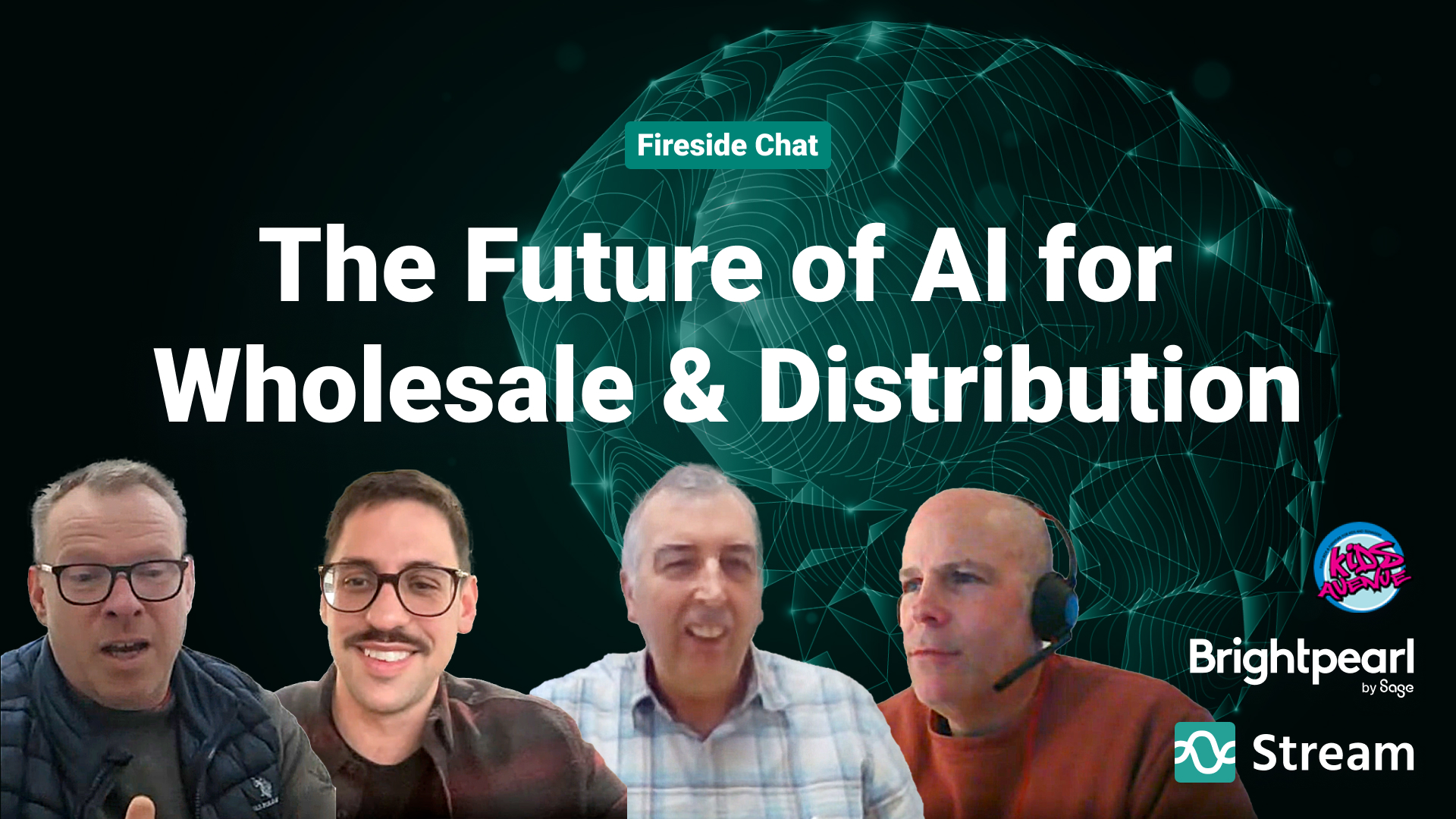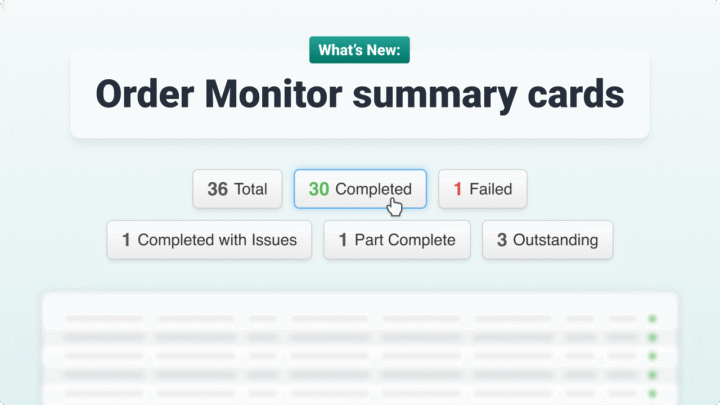It can be very hard these days to avoid contact with or mention of Artificial Intelligence, or AI for short.
But, I’m sure you already know that.
Despite all the clamour about AI, there is still a note of caution amongst practitioners and consumers.
Zendesk reported that the vast majority of British consumers (84%) were aware of AI tools like digital assistants and chatbots.
In retail and ecommerce, 45% of consumers reported they’d used them, but over 60% of consumers preferred human interaction to an AI bot.
“It’s great to see that UK consumers are familiar with AI, but there’s still work to be done in building trust,” commented Eric Jorgensen, VP EMEA at Zendesk.
And it’s not only consumers that need to build their trust in AI with adoption.
AWS released their ‘Unlocking the UK’s AI potential’ recently, which reported that though AI adoption amongst businesses had grown by 33% in 2024.
This outpaces the European average of 27%.
However, AWS does warn that a ‘two-tier’ economy is developing between the UK’s startups and large enterprises.
Perhaps, unsurprisingly, startups are seeing significantly higher adoption rates than larger enterprises.
Early adopters seeing productivity benefits with AI
Those early adopters of AI talk about the many benefits to businesses across multiple industries: transportation and logistics included.
By automating routine and frankly dull, monotonous tasks such as data entry and the processing of orders, businesses are able to free up human resources for more strategic or customer focussed tasks.
Then there’s using AI based algorithms to improve and optimise delivery route planning.
By analysing live and historical traffic data or looking at existing data for past deliveries across your logistics operation to make improvements for creating more efficient delivery runs for the future.
This ‘feedback loop’ could deliver significant operational improvements over time.
AI is also ‘finding a home’ within inventory and warehouse management. Businesses are using better order picking and processing accuracy. They are also using predictive analytics for demand forecasting and inventory planning.
Use cases for AI in wholesale & distribution
StreamTech’s Marketing Director, Paul Rufus, met with industry experts. They talked about possible use cases for furniture wholesalers and distributors.
Joining Paul were Dan Ridgway, joint Managing Director at Scandinavian House, David Sullivan, a Product Manager at Brightpearl by Sage and Dave Pickburn, CEO and Managing Director of StreamTech.
From Dan’s perspective, there was one clear use case for AI.
“The million dollar question with AI would be if it could predict more accurately when and what customers would spend money on, because that would enable us all to react much better, to have the right product in the right place at the right time.”
Predicting customer behaviour was a key – especially as the furniture retail industry has changed so much in recent years. Dan commented:
“People are working from home, they’re shopping from home. There isn’t the weekend rush in the same way. I think the patterns in terms of retail in furniture are completely changing. Therefore, AI could be used to look into that change and enable us as wholesalers to have the right stock in the right place at the right time, ready for delivery.”
Dan went on to discuss the strides the big players in the retail market were making, including Amazon and Wayfair.
“We work with Wayfair, who are a big player, particularly in America, and they’re already looking into this to work out what is the best product to promote at the right time, in the right season, in the right year, in the right colour way, and using AI to make those decisions. They’re encouraging customers to send photographs of their bedrooms or their dining rooms, or to be able to place products in [those settings] that they’re selling.”
Retailers are then using that data to spot trends and then provide information and products to consumers that meet those latest trends.
At this point in the conversation, David discussed some of the inherent issues with the latest technology:
“Everyone’s kind of like, what is this thing? Because it’s so young and we don’t really. Not quite sure what the applications are of it. There are lots of issues. It’s really expensive in terms of hosting and the data sets you need to feed it, and some people don’t always trust it. First of all, you need explainable AI to really understand how AI got to a given conclusion. And that’s even expensive, even more data required, even more hosting costs.”
He went on to emphasise the importance of one thing to make the ‘predictive’ work in AI: data.
“AI is only as good as the data that it’s trained on, but we always control the data that is trained on. There are real life world events completely outside of the data set that your AI might be looking at that might influence something, like a trend. A trend is a great example because someone could get on Instagram, post something, and all of a sudden a trend has come into existence that didn’t happen the day before.”
Dave Pickburn picked up on the theme of data and what is captured in Stream.
“What we are doing is collecting an awful lot of data. We’re collecting data from the mobile that the drivers are using in terms of what times they’re arriving places, what times they’re leaving places, how long they’re there, in terms of which parts of journeys are taking longer than others.”
He went on to highlight how a furniture distributor like Scandinavian House could use that data:
“So when they’re delivering that product, add a half an hour on for the on site time, but when they’re delivering this other product, it takes them 20 minutes less and start to just get a little bit more intelligent with the planning, with the routing, as well as potentially exposing some of this data.”
He also suggested that AI could be very useful from an order and delivery tracking perspective and helping consumers answer those ‘Where is my order’ questions by starting “to respond to the emails that come in about where’s my product? What’s happened to my product? There’s a few areas that I see us going in, but it does come down to that data collection and understanding and the quality of that data.”
Another area where AI could be used very successfully is route optimisation.
“Whether you call it decarbonisation or net zero or carbon footprint reduction or whatever you might call it. We’ve got a part to play in that because, again, we know what type of vehicles are being used. We know the carbon emissions those vehicles are producing. We know when they’re being used. So we’ve got a whole data set that can help companies decarbonise, reduce their footprint and be greener.
“Again, it’s that data that we’re collecting that lets us change things in the future and improve that decarbonisation in general, as well as how you look at the most populated areas where the air quality is critical and how you can build routes that focus on minimising the emissions in the areas where that air quality is the most crucial to the quality of life to people, of people in those areas.”
About Scandinavian House
Scandinavian House is a specialist children’s bedroom furniture wholesale & distribution company, servicing retailers throughout the UK.
Learn more about Scandinavian House >
About Brightpearl by Sage
Launched in 2007 by the founders of retailer Lush Longboards, Brightpearl was acquired by Sage in 2020. Brightpearl by Sage is now one of the world’s leading retail operating systems that is built specifically for the retail and wholesale sectors.
Brightpearl provides multi-channel merchants with the “freedom and flexibility to grow fearlessly” and was the first application Stream integrated with.
You can learn more about the Brightpearl integration with Stream here or find out about the application itself on the Brightpearl website.



